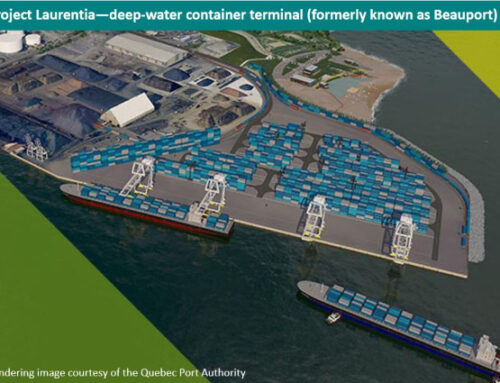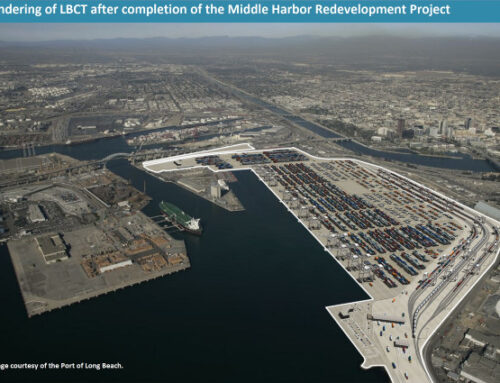With a collective $7 billion, 2017 was the first year the ocean carrier industry earned a profit in six years. However, industry optimism is facing a reality where risks such as slowing emerging market economies, trade wars, containership overcapacity, and rising bunker prices are expected to place financial burdens on container shipping companies.
At a time when rising inflation and interest rates provide stronger indication of mature business cycles in some developed economies, ocean carriers are expected to stabilize freight rates by tightening and loosening capacity even in the face of global risks.
An article from the Journal of Commerce provide the following views from executives of major ocean carriers for the second half of 2018:
Maersk Line CEO Søren Skou said after his carrier’s $26 million profit (mostly a result of discontinued operations), “For the rest of the year we expect improvements in our profitability driven by lower unit cost and higher freight rates.”
After reporting a doubling of Hapag-Lloyd’s net loss to $116 million, CEO Rolf Habben Jansen said, “For the remainder of the year, we see a slow but steadily improving market environment, but we recognize that there are still significant geopolitical uncertainties that could influence the market.”
Eli Glickman, Zim Integrated Shipping Services president and CEO, said after a $67.3 million first-half net loss that the carrier would continue to be one of the industry’s top performers since returning to profitability in 2017.
The rest of the article provide several informed views on the container shipping industry outlook, some of which analyze the diverse factors that potentially could impact ocean carriers’ profitability for the second half of 2018 and the near term. The article can be accessed here.



